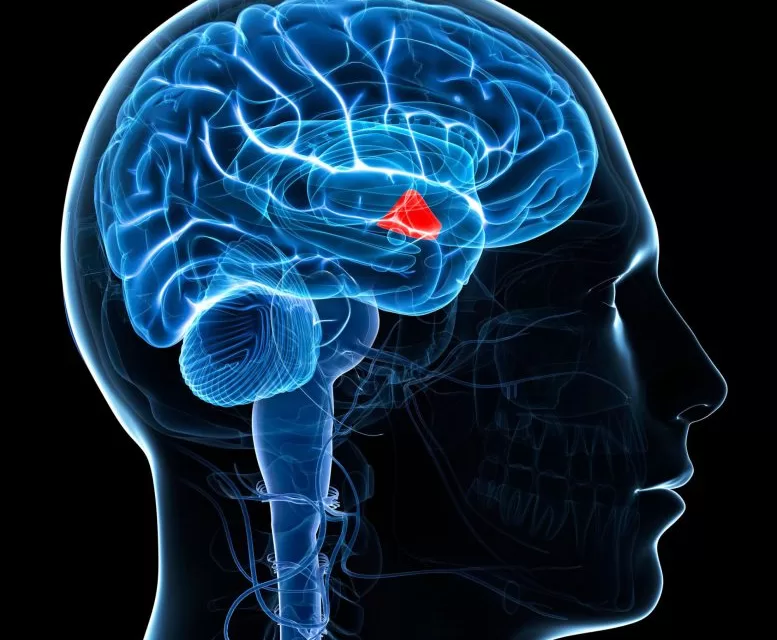Los Angeles, Feb. 7, 2025 – Groundbreaking research presented today at the American Stroke Association’s International Stroke Conference 2025 suggests that the clot-dissolving medication, alteplase, could significantly improve stroke recovery even when administered up to 24 hours after the onset of ischemic stroke symptoms.
This discovery, revealed by principal investigator Min Lou, M.D., Ph.D., a professor at the Second Affiliated Hospital of Zhejiang University’s School of Medicine in China, could provide a lifeline for stroke patients worldwide who miss the currently approved treatment window.
Promising Results in Stroke Recovery
Currently, alteplase is approved for use within three hours of stroke symptom onset in the U.S., with recommendations extending up to 4.5 hours for select patients. Prior research suggested benefits for some patients receiving the drug up to 9 hours post-stroke. This new study, however, extends the potential effectiveness of alteplase to 24 hours.
Researchers conducted a multicenter, prospective, randomized trial involving 372 stroke patients from 26 stroke centers in China. These participants, whose symptoms began between 4.5 and 24 hours earlier, were evaluated using CT perfusion imaging to identify brain tissue that could still be salvaged with treatment.
Patients were randomly assigned to receive either alteplase or standard stroke care based on Chinese guidelines, which primarily include antiplatelet therapy. Functional recovery was assessed 90 days after treatment.
Key Findings:
- 54% Higher Functional Recovery: 40% of patients treated with alteplase exhibited little to no disability at 90 days, compared to 26% in the standard care group.
- Comparable Mortality Rates: Death rates remained equal at 10.8% for both groups.
- Low Need for Additional Treatment: Less than 3% of patients in either group required mechanical clot removal.
- Manageable Risk of Brain Bleeding: While the risk of brain hemorrhage was higher in the alteplase group (3.8%) than in the standard care group (0.5%), researchers consider this a controllable risk.
Potential to Transform Stroke Care Worldwide
Dr. Lou emphasized the broader implications of these findings, stating, “We believe these findings mean more people may return to normal or near-normal lives after a stroke, even if they receive treatment later than originally thought beneficial.” He noted that hospitals equipped with CT perfusion imaging could significantly expand treatment access, potentially benefiting millions of stroke patients worldwide.
Future research will explore the efficacy and safety of alternative clot-busting medications, such as tenecteplase, in extended treatment windows. Additionally, researchers aim to determine whether these results are applicable in diverse populations beyond China, especially in regions with varying stroke risks and healthcare infrastructures.
Study Limitations
While the results are promising, the study has some limitations. Since both patients and researchers were aware of the assigned treatment, potential bias could have influenced outcomes. Moreover, findings may not be directly generalizable to populations outside of China.
Conclusion
These findings could redefine stroke treatment protocols, offering hope to those unable to access alteplase within the current approved window. If validated through further studies, extending the use of clot-busting medications beyond 24 hours could revolutionize stroke care and improve patient outcomes globally.
Disclaimer: This article is based on preliminary research findings presented at a scientific conference. The results have not yet undergone peer review and should not be used as a basis for clinical decision-making without further validation. Patients should consult their healthcare providers for medical advice regarding stroke treatment.












